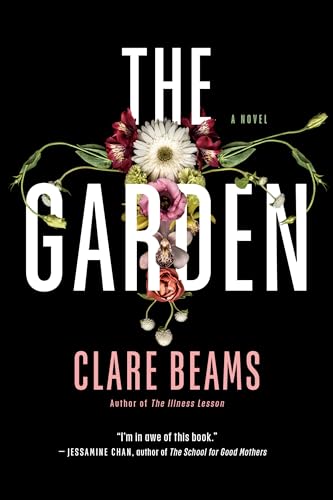The Garden: A Novel
It’s 1948, and Irene Willard is 14 weeks pregnant. She’s suffered multiple miscarriages in the past and, desperate to carry this child to term, agrees to enter a residential facility in the Berkshires for the duration of her pregnancy. Married doctors Hall and Bishop are pioneering an estrogen-based method in a building that was once Dr Bishop’s family home and is large enough to house eighteen women. To Irene, the house feels more like an asylum than a hospital, and she chafes at the lack of autonomy allowed to the patients. Irene is constantly being told to rest, or take part in group exercise and gardening sessions, or engage in one-on-one therapy sessions she has no interest in. What she is interested in, however, is a secret walled garden, where she discovers a fountain that she comes to believe has regenerative powers over living creatures. As Irene questions the efficacy of the treatment Dr. Bishop provides, she and fellow patients Margaret and Pearl, formulate an emergency plan for their unborn children, involving the secret garden.
Beautifully written and thought-provoking though The Garden undoubtedly is, this may be a marmite read for some. The combination of supernatural, almost horror vibes, with heavy symbolism and rich description, does not sit easily with the novel’s characters, particularly Irene, whose down-to-earth skepticism about the doctors’ methods seems at odds with her ready acceptance of the magic of the secret garden. Her journey makes compelling reading, however, and anyone looking for gothic horror, lush description, and layers of meaning will find their needs well met.










